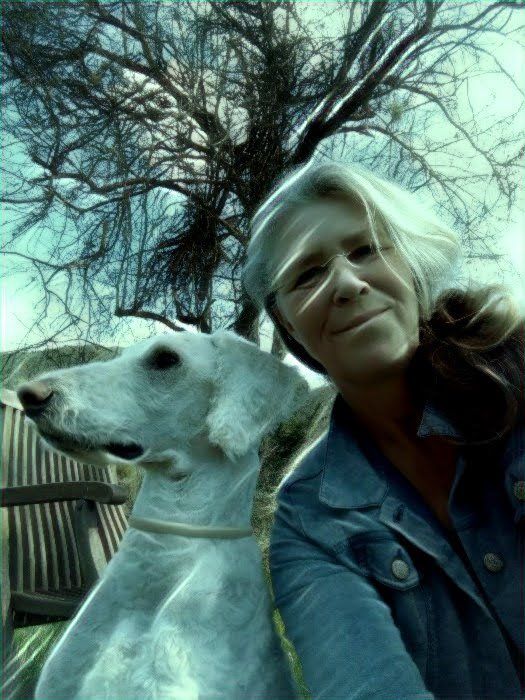Yes, the new shoe looks pretty chic. Dainty little feet, compact, seemingly ideal for “rolling over” (which is the German term for the English “break over”) – because a wheel doesn’t create lever forces. Heel wall and toe wall are parallel, the pastern axis is perfect...
But since the last blog post kicked levers out of the argument, we need to rethink – and I invite you to follow my thoughts without emotion.
Somewhere between the extremes of the neglected long toe (which is not the same as the laminitic “duckbill” toe) and the fashionably shortened toe lies the complete, functional toe. It belongs to a functional hoof with an optimal ground contact area. The functional hoof capsule is firmly connected to the coffin bone (P3) – almost as if Velcroed in place.
This means that even though P3 is "suspended," it does not float freely within the capsule. It does not dangle like a plumb bob. The suspension consists of the lamellar interface – a strong interconnection.
Imagine a heavy-duty Velcro strip, with one side growing from the inner surface of the hoof capsule toward P3 and the other side growing equally from the surface of P3 toward the capsule.
This could be modeled: two conical elements, both lined with Velcro – once pressed together, they cannot be separated by ordinary means, even if part of the Velcro is damaged.
This means: the suspended element (P3) is held by thousands of micro-connections, which allow minimal movement during loading and unloading but prevent it from shifting freely within the capsule.
Now let’s consider how a suspension behaves in different positions.
If an object is suspended, its weight pulls straight toward the Earth’s center. If, for example, a beam is suspended horizontally beneath another one, the distance between them equals the suspension length.
But if we tilt the upper beam – say, by 45° – the distance between them decreases, although the suspension remains the same length. The steeper the tilt, the smaller the space between the beams.
If we imagine P3 suspended by "strings", we miss the fact that there is no empty space between the capsule and P3. That space is filled with the lamellae. Which means: the steeper the hoof, the less room remains in the toe area for that connection. The "Velcro" gets compressed.
Suspension systems are made for tension, not compression. The lamellae in the hoof is likely very strong under tensile load – but how does it handle pressure?
It seems plausible – though we need more research – that this interface, designed for tensile forces, struggles with chronic compression. So does P3.
I suspect (caution – theory!) that this is a major cause of:
(1) destruction of the lamellae and the lamellar dermis in the toe area,
(2) separation of P3 from the dorsal wall in steep hooves, and
(3) bone loss of P3 itself.
What looks like lamellae "torn by lever forces" is likely lamellae already damaged by sustained pressure in advance.
If additional mechanical or toxic stress is added, laminitis develops – an inflammatory response. In horses with High-Low Syndrome, the inflammation often first affects the steeper hoof, which supports the theory. The hooves become hot, the horse is lame. Now the vet takes X-rays, showing separation and “rotation of P3”.
Following the logic approach, in all steeply angled hooves, space for the lamellar layer in the toe region is reduced. Efforts to “unload” the deep digital flexor tendon – which, as a core tensile element of the horse’s body, cannot be unloaded – open the door for pathological changes later labeled as consequences of laminitis.
This is my contribution to the debate over whether the destruction of the lamellae (often only in the toe region of the steeper front hoof) and the associated bony changes in P3 can be attributed to hoof trimming. It is a conclusion based on:
(1) anatomy and pathologies viewed from a biotensegral perspective,
(2) a bit of geometry and physics,
(3) review of radiographs, and
(4) observation of both living and cadaver hooves.
It follows that separation – as well as the so-called "rotation" of P3 – is not causally linked to the inflammatory process of laminitis. The sequence of events deserves closer scrutiny.
Based on these assumptions, completely different conclusions can be drawn regarding beneficial hoof care. The greatly reduced relevance of levers for what happens in the hoof requires new approaches to laminitis therapy and hoof care.

